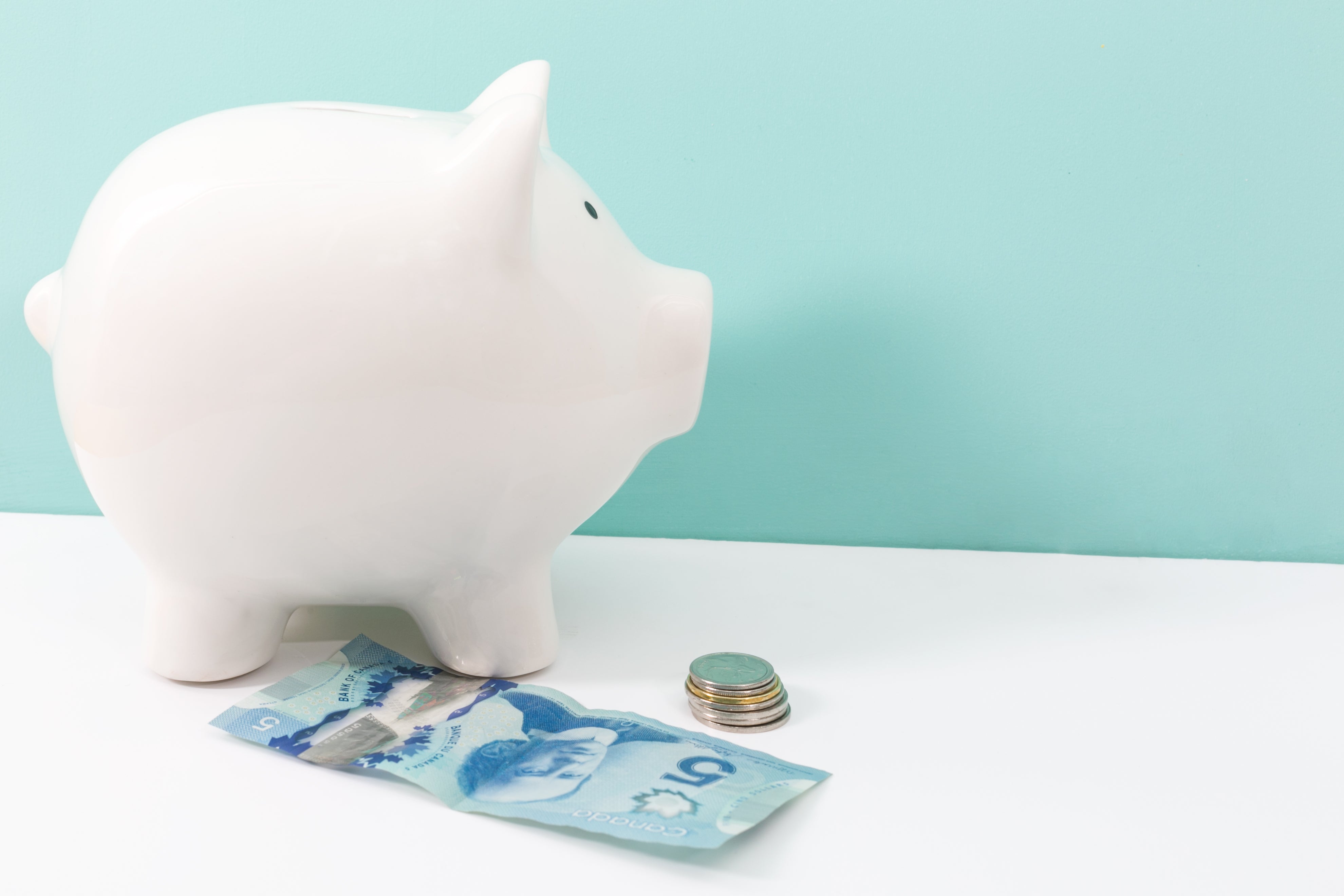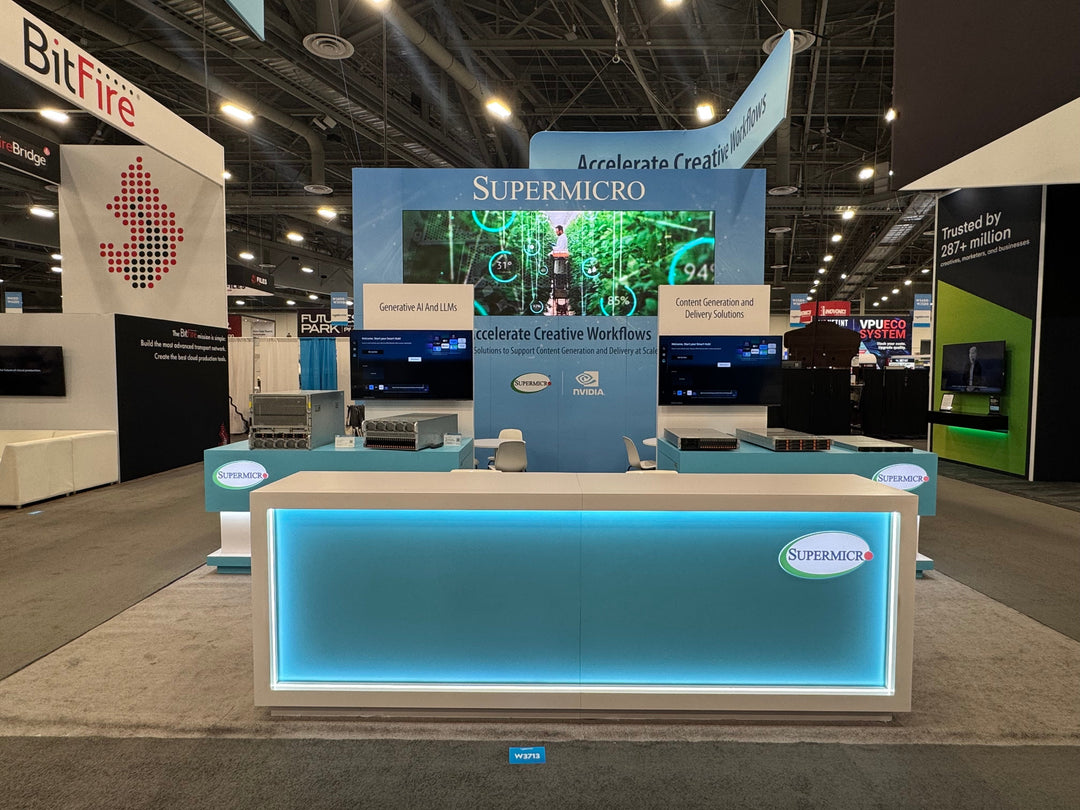Trade shows are a powerful way to showcase your brand, connect with industry professionals, and generate leads. However, they can also be a significant investment. Understanding where to allocate your budget wisely can make the difference between a successful trade show experience and one that falls short of expectations. Whether you're a first-time exhibitor or a seasoned veteran, this guide will help you make informed decisions about where to spend and where to save when preparing for a trade show.
Where to Spend: High-Impact Investments
1. Booth Design and Customization
Your booth is the face of your company at a trade show. A well-designed, eye-catching booth can attract more visitors and create a lasting impression. If you’re serious about making an impact, investing in a custom booth design is worth the cost. A tailored exhibit reflects your brand identity, enhances customer engagement, and helps you stand out in a crowded exhibition hall.
Why it’s worth spending on:
-
A unique, high-quality design draws attention.
-
A professional setup enhances credibility.
-
Customization allows for better engagement and brand storytelling.
Tip: Renting a custom booth is a cost-effective way to get a high-end look without the full expense of ownership.
2. Location, Location, Location
The placement of your booth within the trade show venue can significantly impact your foot traffic. Prime locations, such as near entrances, high-traffic areas, or main walkways, often come at a premium. However, the increased exposure can lead to higher engagement and more leads.
Why it’s worth spending on:
-
Better positioning increases brand visibility.
-
More foot traffic means more potential customers.
-
You reduce the risk of being overlooked in less busy areas.
3. Marketing and Promotions
A trade show isn’t just about showing up—it’s about driving people to your booth. Effective pre-show marketing can generate buzz and increase engagement. Investing in digital marketing campaigns, email outreach, and social media ads targeting attendees can enhance your presence before the event even begins.
Why it’s worth spending on:
-
More awareness leads to higher attendance at your booth.
-
Strong brand presence reinforces credibility.
-
Promotional giveaways and branded materials leave a lasting impression.
Tip: Offer incentives like giveaways or exclusive demos to attract visitors.
4. Technology and Interactive Displays
Technology-driven experiences—such as touchscreens, virtual reality (VR), augmented reality (AR), and digital displays—enhance engagement and create memorable interactions. These tools can effectively showcase your products, tell your brand story, and provide interactive demonstrations.
Why it’s worth spending on:
-
Engaging experiences keep visitors at your booth longer.
-
Digital content can be repurposed for other marketing efforts.
-
High-tech displays add a professional touch and modern appeal.
5. Trained and Professional Staff
Your booth staff plays a critical role in engaging with visitors, answering questions, and closing deals. Investing in trained professionals or experienced brand representatives ensures that your team is knowledgeable, personable, and effective in converting leads.
Why it’s worth spending on:
-
First impressions matter—friendly, well-trained staff enhance credibility.
-
Skilled staff can effectively communicate your brand message.
-
Proper training increases lead conversion rates.
Tip: Conduct pre-show training sessions to align staff with key messaging and engagement strategies.
Where to Save: Smart Cost-Cutting Strategies
1. Booth Ownership vs. Rental
Owning a booth can be costly, considering the expenses of storage, maintenance, and transportation. Renting a booth provides flexibility, cost savings, and the ability to update designs for different shows.
Why it’s better to save here:
-
Renting eliminates storage and maintenance costs.
-
You can experiment with different booth designs without long-term commitments.
-
Transportation logistics become more manageable and less expensive.
2. Shipping and Logistics
Shipping large exhibit materials can be expensive, especially if you’re attending multiple trade shows. Consider consolidating shipments, using local suppliers, or renting elements like furniture and display units on-site to reduce transportation costs.
Ways to save:
-
Ship materials early to avoid rush fees.
-
Use lightweight materials to lower shipping costs.
-
Rent furniture and displays instead of shipping your own.
3. Printed Materials
While brochures and catalogs are helpful, many attendees prefer digital formats. Instead of printing large quantities of materials that may end up discarded, opt for digital alternatives like QR codes, downloadable content, or interactive tablets.
Ways to save:
-
Reduce print quantities and prioritize digital versions.
-
Use recyclable or budget-friendly printing options.
-
Invest in reusable signage rather than one-time-use materials.
4. Promotional Giveaways
Giveaways are an excellent way to attract visitors, but they can also be a budget drain if not strategically planned. Instead of generic, low-quality freebies, opt for thoughtful, brand-relevant items that leave a lasting impact.
Ways to save:
-
Choose quality over quantity—fewer, high-value giveaways are more effective.
-
Offer experiential incentives, such as exclusive content or service discounts.
-
Partner with sponsors to offset giveaway costs.
5. Accommodations and Travel
Hotels and travel expenses can quickly add up, especially for large teams. Booking accommodations early, sharing rooms, or staying slightly farther from the venue can result in significant savings.
Ways to save:
-
Book flights and hotels early to secure better rates.
-
Choose accommodations with included amenities like breakfast or airport shuttles.
-
Utilize public transportation or carpooling to cut down on transit costs.
Maximizing Your Trade Show ROI
Budgeting wisely doesn’t mean cutting corners—it means making strategic choices that maximize your return on investment (ROI). Here are some additional tips to ensure you get the most out of your trade show experience:
-
Set clear goals: Define your objectives, such as lead generation, brand awareness, or networking.
-
Track your spending: Keep detailed records to identify areas where you can optimize costs in future events.
-
Measure success: Use metrics like booth traffic, lead conversion rates, and customer feedback to assess your performance.
-
Follow up promptly: Post-show follow-ups with leads can turn conversations into actual business opportunities.
Final Thoughts
A well-planned trade show budget ensures that your investment translates into measurable success. Prioritize high-impact areas like booth design, strategic location, and staff training while finding smart ways to cut costs on logistics, printed materials, and accommodations. By balancing spending and saving, you can create an unforgettable trade show presence without breaking the bank.
Ready to make your next trade show a success? Contact us today to learn more about our custom booth designs and rental options tailored to your needs!





